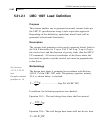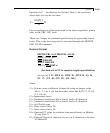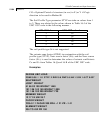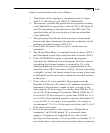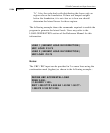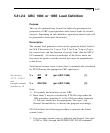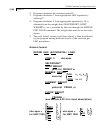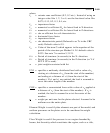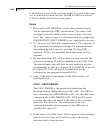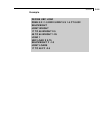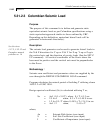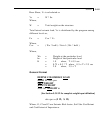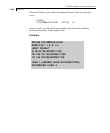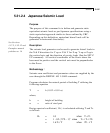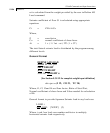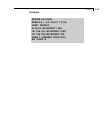
STAAD Commands and Input Instructions
Section 5
5-190
is not defined as part of the structural model. It is used in the same
sort of situation in which one uses FLOOR LOADS (see section
5.32.4 for details of the Floor Load input).
Notes
1) If the option ACCIDENTAL is used, the accidental torsion
will be calculated per UBC specifications. The value of the
accidental torsion is based on the "center of mass" for each
level. The "center of mass" is calculated from the weight input
(SELFWEIGHT, JOINT WEIGHTs, etc.) specified by the user.
2)
In "ubc-spec" for 1985 code, specification of TS is optional. If
TS is specified, resonance co-efficient S is determined from
the building period T and user provided TS using UBC
equations. If TS is not specified, the default value of 0.5 is
assumed.
3)
By providing either PX or PZ or both, you may override the
period calculated by STAAD for Method B of the UBC Code.
The user defined value will then be used instead of the one
recommended by UBC per equation 28.5 of UBC 94. If you do
not define PX or PZ, the period for Method B will be
calculated by the program per equation 28.5.
4)
Some of the items in the output for the UBC analysis are
explained below.
CALC / USED PERIOD
The CALC PERIOD is the period calculated using the
Rayleigh method (Method B as per UBC code). For UBC in
the x-direction, the USED PERIOD is PX. For the UBC in the
z-direction, the USED PERIOD is PZ. If PX and PZ are not
provided, then the used period is the same as the calculated
period for that direction. The used period is the one
substituted into the critical equation of the UBC code to
calculate the value of C.
5) In the analysis for UBC loads, all the supports of the structure
have to be at the same level and have to be at the lowest
elevation level of the structure.



